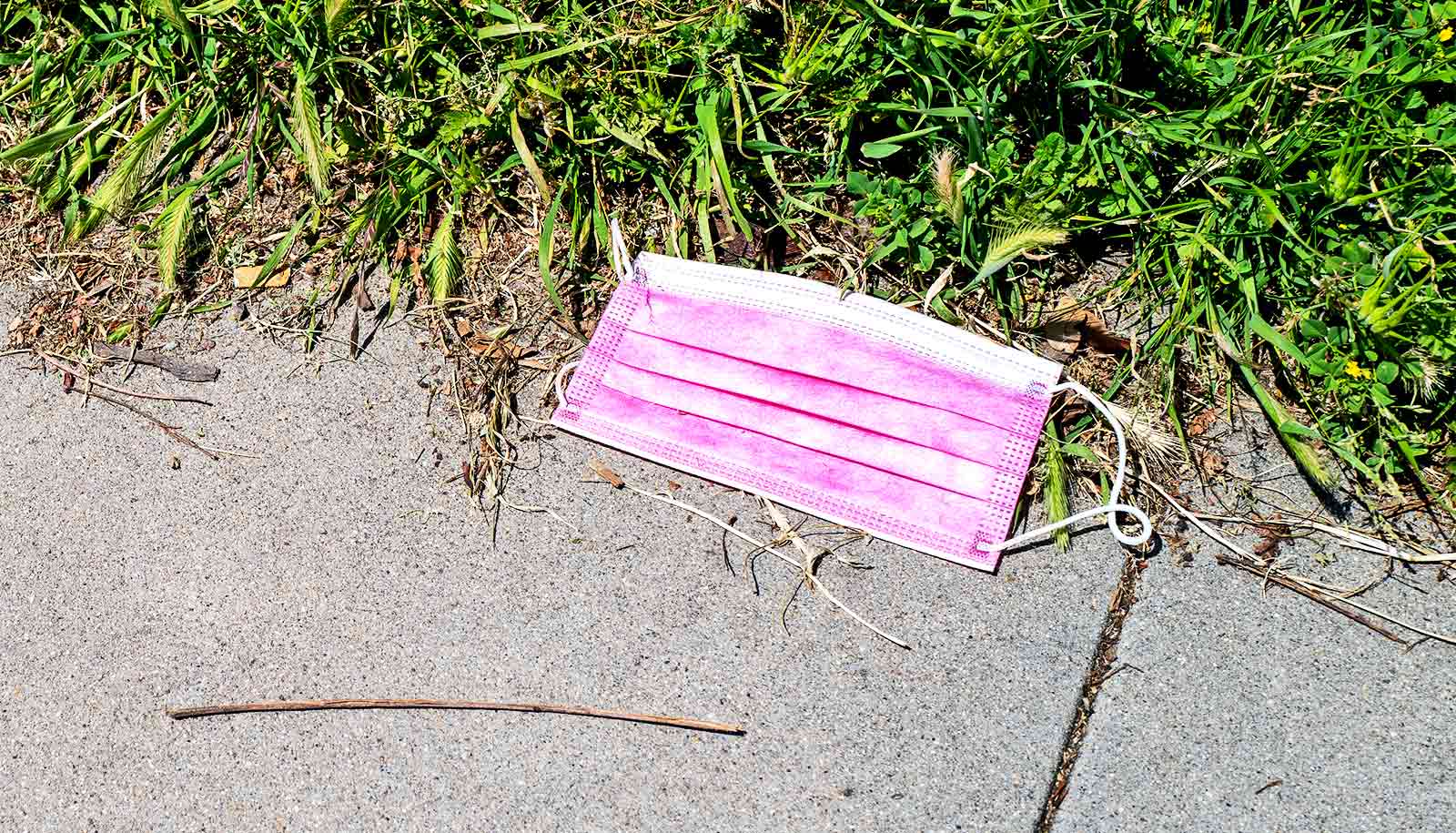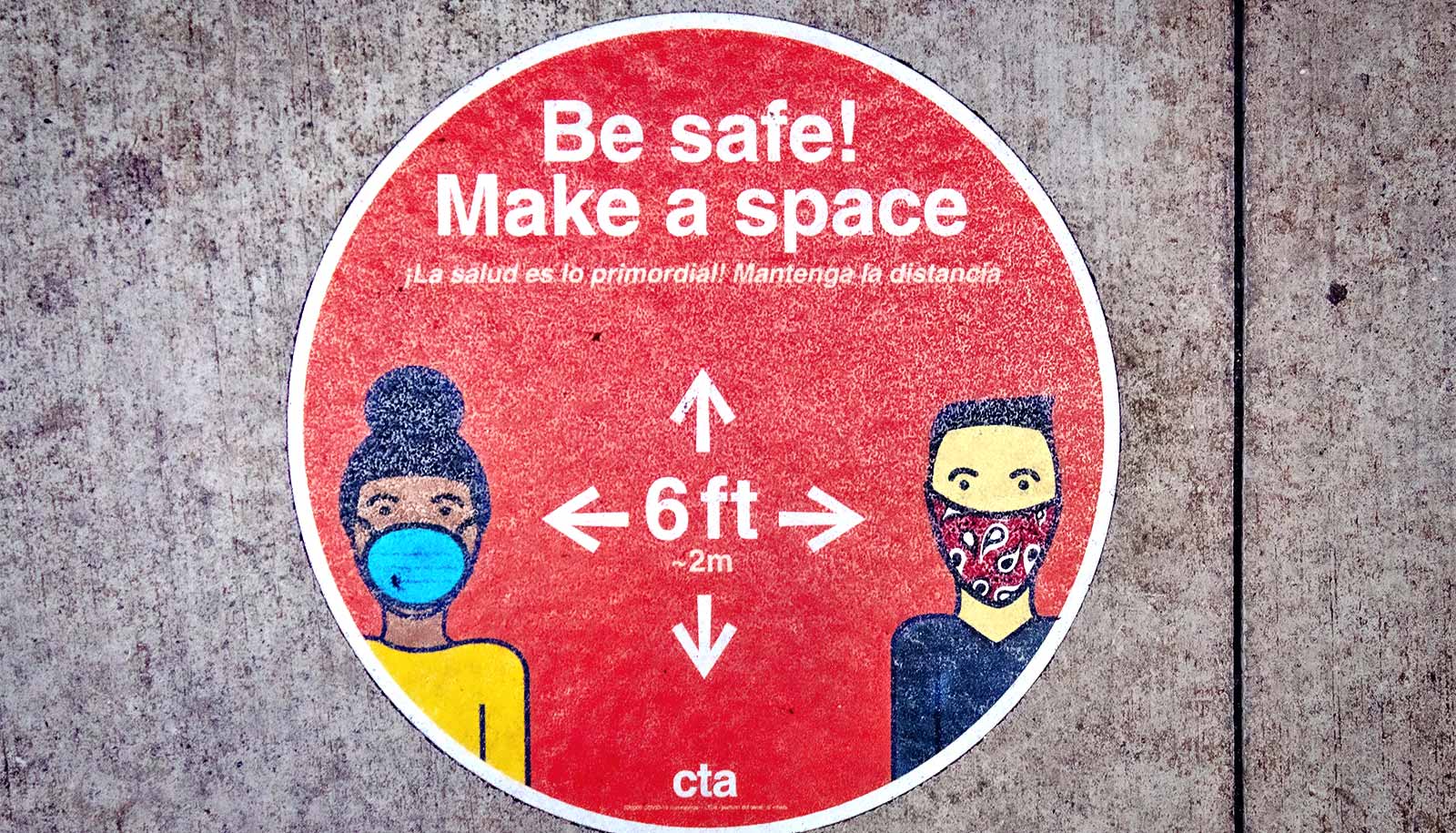Starting in March, the COVID-19 US State Policy Database has cataloged 100 policies enacted by various states and the District of Columbia to combat the medical and financial woes of the pandemic.
The discussion of best practices for containing COVID-19 has become another front in America’s culture wars. Do lockdowns suppress the virus? Should masks be mandatory? What about bolstered unemployment benefits and freezes on evictions to help with the economic fallout?
Julia Raifman can’t broker peace, but she does oversee the go-to information warehouse on these questions. Starting in March, Raifman, an assistant professor of health law, policy, and management at the Boston University School of Public Health, has been leading a team of about 30 grad students in creating the COVID-19 US State Policy Database (CUSP).
At least 25 academic papers have cited the database, and the Robert Wood Johnson Foundation has given Raifman a grant to build a website for the information.
Meanwhile, the website Journalist’s Resource, run by Harvard Kennedy School’s Shorenstein Center on Media, Politics and Public Policy, calls the database “a useful tool for journalists who want to keep their communities up-to-date on the latest mandates.”
Journalist’s Resource notes that others have compiled online sites for COVID-19 information, but “what makes Raifman’s COVID-19 US State Policy Database—CUSP—particularly useful for journalists on deadline is that it’s a quick way to find out when a state policy started, ended, and possibly restarted.” Including that particular datum, Raifman says, grew out of her own experience as a policy analyst, which made her realize the importance of knowing “the dates when states changed their policies, to evaluate how outcomes changed before and after policy changes.”
News illustrators found another purpose for CUSP, she adds: “The Wall Street Journal used the database to visualize when states implemented mask orders.”
As a scholar, Raifman has researched how policies targeted towards people having trouble paying rent during the pandemic, and who’ve been made lonely by it, might help prevent suicide.
“People are having trouble paying rent,” she says, which has led some states to pause evictions. She also led a study in which she, Jacob Bor, an assistant professor of global health at the School of Public Health, and a University of Pennsylvania colleague suggested that the temporary federal unemployment insurance premium this summer cut food insecurity by almost one third.
Given these food and rent realities, Raifman says, “there’s an urgent need for more research on which policies have been most effective for supporting people to inform federal and state actions.”
“Rapid-response research” on the pandemic was her goal in creating the database. “I specifically wanted to facilitate research on both COVID prevention, so we could learn from early policy decisions, and wanted to encourage researchers to consider how policies such as eviction freezes and unemployment insurance may be just as important as COVID prevention policies in shaping health and well-being,” she says.
With scores of state policies in the database, Raifman and her team update it weekly or monthly, depending on the topic, prioritizing “policies that are most relevant to people’s health and well-being in the present moment,” she says.
“Those are state mask policies and reopening and reclosing of indoor gathering spaces. We can also see that really serious economic precarity is causing increases in food and housing insecurity, so we are spending a lot of time considering unemployment insurance policies, eviction policies, utility shut-off policies, and food security policies.”
Making the database public was crucial. “I knew that the harms that COVID and its economic ramifications would cause were so much larger than any one research team,” Raifman says. “I wanted everyone who could work on these topics to have access to this database if it would help them.”
There was a personal angle to that teamwork approach as well, she admits.
“I also had limited ability to take time for deep thought and careful data analyses while working from home with an infant and no childcare from March through August. The database was something I could contribute in my limited capacity to work in two-hour periods as my husband and I took turns caring for our baby.”
Source: Boston University



